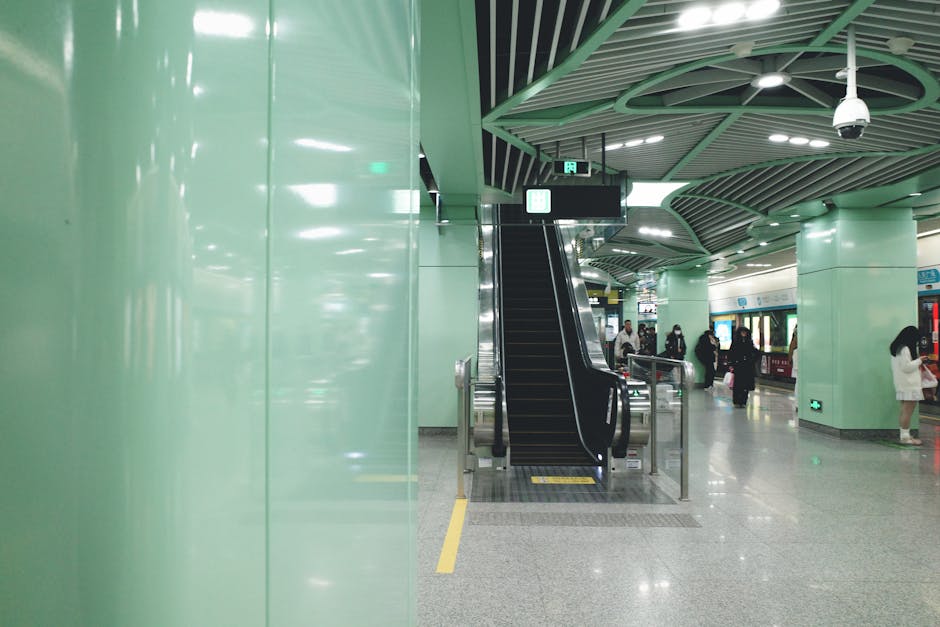Understanding the Components of a Security System increasingly interconnected
Understanding the Components of a Security System increasingly interconnected
Blog Article

In an increasingly interconnected world, the importance of security system optimization cannot be overstated. As individuals and organizations rely more on digital infrastructure, ensuring that security measures are effective and comprehensive is crucial. By optimizing your security system, you not only protect sensitive information but also enhance overall operational efficiency. This article will explore the fundamental components of security systems, common vulnerabilities, and best practices for maintenance to help you achieve a robust security posture.
Understanding the Components of a Security System
A security system is typically composed of several key components, each playing a vital role in safeguarding your assets. Understanding these components is essential for effective security system optimization.
1. Surveillance Cameras
Surveillance cameras serve as the eyes of your security system. They provide real-time monitoring and recording capabilities, helping to deter criminal activity and providing crucial evidence when necessary. When optimizing your security system, consider camera placement and resolution to ensure comprehensive coverage of vulnerable areas.
2. Access Control Systems
Access control systems regulate who can enter specific areas within a facility. This may include key card readers, biometric scanners, or traditional locks. Ensuring that these systems are updated and functioning correctly is vital for maintaining security. Implementing user access levels can also help restrict entry to sensitive areas, further enhancing your security posture.
3. Alarm Systems
Alarm systems detect unauthorized entry or unusual activity. They can be integrated with monitoring services that alert law enforcement or security personnel. Regular testing and maintenance of these systems are crucial to ensure they respond effectively in emergencies, making them a key area for security system optimization.
4. Cybersecurity Measures
In addition to physical security, cybersecurity measures protect digital assets from threats such as malware and hacking. This includes firewalls, antivirus software, and regular system updates. Ensuring these measures are in place and functioning optimally is essential as cyber threats continue to evolve.
Common Vulnerabilities and How to Address Them
Even the most well-planned security systems can have vulnerabilities that may be overlooked. Identifying and addressing these weaknesses is critical for effective security system optimization.
1. Outdated Technology
Using outdated security technology can leave gaps in protection. Regularly assess your equipment and software, replacing or upgrading as necessary. This could mean updating firmware on cameras and alarm systems or investing in newer technology that offers advanced features.
2. Weak Passwords
Many security breaches occur due to weak or easily guessable passwords. Implementing strong password policies and encouraging regular changes can help secure access control systems and user accounts. Consider using password managers to generate and store complex passwords securely.
3. Lack of Training
Employees play a significant role in maintaining security. Regular training on security protocols, recognizing potential threats, and reporting suspicious activity helps create a security-conscious culture. This is an often-overlooked aspect that can significantly reduce vulnerabilities.
Best Practices for Regular Maintenance and Updates
To ensure the long-term effectiveness of your security systems, regular maintenance and updates are essential. Here are some best practices to consider:
1. Schedule Regular Inspections
Conduct routine inspections of all security components, checking for any signs of wear or malfunction. This includes testing alarm systems, ensuring cameras are clean and functional, and verifying that access control mechanisms work as intended.
2. Implement a Maintenance Log
Maintaining a log of all maintenance activities can help track the performance of your security systems over time. This log should include inspections, repairs, and updates, allowing for informed decisions about future investments and upgrades.
3. Stay Informed on Best Practices
Security threats and technologies are constantly evolving. Staying informed about industry best practices and emerging threats is essential for effective security system optimization. Engaging with security professionals or attending workshops can provide valuable insights.
4. Repair and Replace as Needed
When components fail, prompt repair or replacement is vital. Delaying these actions can create vulnerabilities that attackers may exploit. If you find that your security cameras or systems are not functioning properly, consider reaching out for professional assistance to ensure they are restored quickly. For instance, you can explore services that specialize in security camera repair for optimal performance.
In conclusion, optimizing your security system involves understanding its components, addressing vulnerabilities, and adhering to best practices for maintenance. By taking these steps, you can create a more secure environment that protects both physical and digital assets effectively.
Report this page